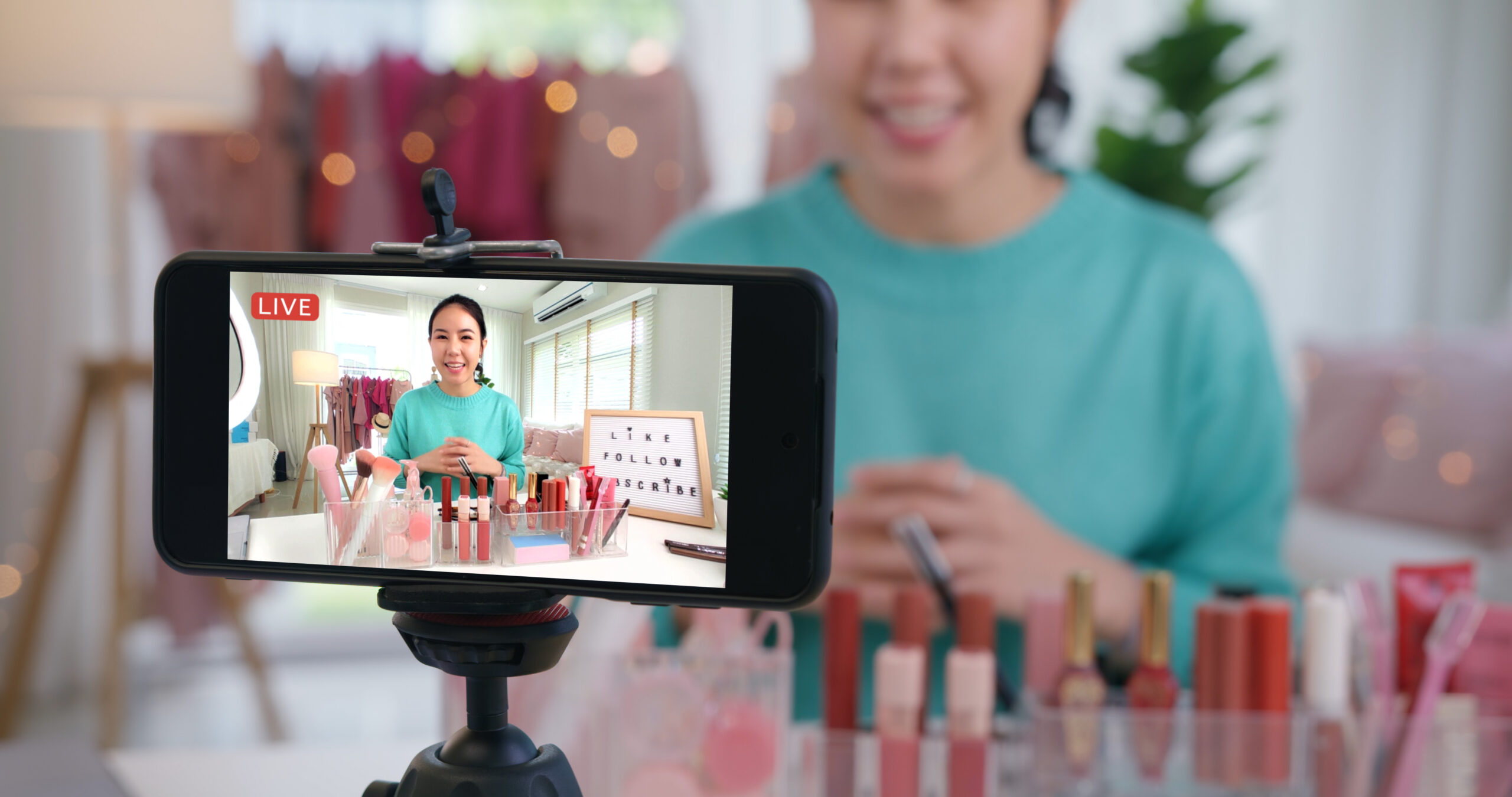Let’s Talk Business: Content Marketing on LinkedIn
 What a transformation, from resume repository to content marketing monster. While surveys (like ones by the Content Marketing Institute) have confirmed LinkedIn’s importance in the B2B marketing mix for the past couple of years, new reports herald the platform’s rise as an across-the-board content giant. In just a year, LinkedIn’s Sponsored Updates (a.k.a. brand-created content) became 28% of the company’s ad revenue, making them LinkedIn’s fastest growing business, ever.
What a transformation, from resume repository to content marketing monster. While surveys (like ones by the Content Marketing Institute) have confirmed LinkedIn’s importance in the B2B marketing mix for the past couple of years, new reports herald the platform’s rise as an across-the-board content giant. In just a year, LinkedIn’s Sponsored Updates (a.k.a. brand-created content) became 28% of the company’s ad revenue, making them LinkedIn’s fastest growing business, ever.
What’s drawing the crowds? Any digital marketing phenomenon of this size should trigger a closer look by those in the business of selling stuff, so let’s kick the tires of this bandwagon.
LinkedIn content is targeted.
If you have a company page, you can put updates (a.k.a. brand-created content) in the newsfeeds of LinkedIn members who fit your targeting criteria (not just of your followers). You’re charged on either a cost-per-click or cost-per-impression basis, and you can select a daily or a total budget. Further, LinkedIn provides metrics like “Trending Content” to let you see what types of content certain users are reading. Presumably, you might then steer your own content in that direction to increase engagement.
LinkedIn content partnerships are extensive.
This summer, Bizo joined the LinkedIn fold. Its 3,000-site B2B network will help LinkedIn help you in the all-important follow-through after a user’s initial engagement with your LinkedIn content. LinkedIn also cultivates partnerships with traditional publishers like The Atlantic and Bloomberg. When these partner publishers produce content for their ad clients, they use LinkedIn to distribute it. It’s hard to construe that as anything other than a nod to the platform’s reach and effectiveness.
LinkedIn users are real people.
Ever created a thin (or even fake) Facebook profile? (Your reasons may remain private.) This is far less likely to happen on LinkedIn, and the data that users provide is all the more useful for its veracity. Businesses can use this rich, accurate data to make customer profiles more robust, enabling the kind of content that inspires decision makers even in a supposedly business-only forum.
Ultimately, it may be LinkedIn’s identity as the social media for business that makes its move into content marketing so natural and, so far, quite successful. Has your business tried LinkedIn to distribute content? We’d love to hear your experiences.
If you enjoyed this post from Emily, check out her other blog posts!
Emily Smith – Content Writer and Editor



